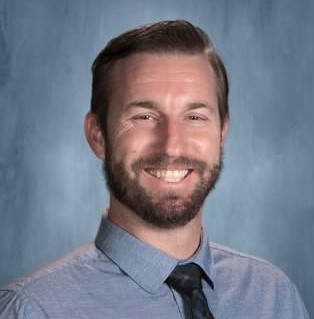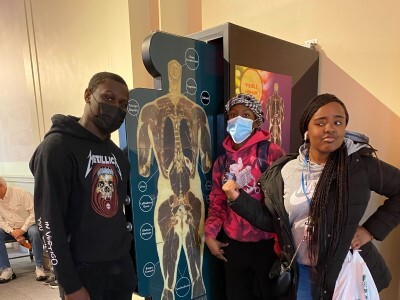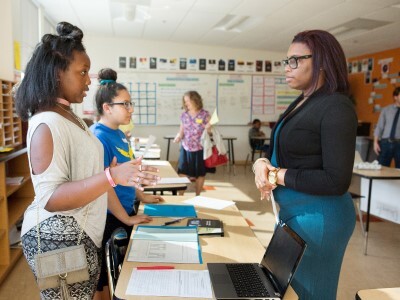Reimagining Assessment
Learner-Centered Assessment: Senior Capstones Measure What Matters
Topics
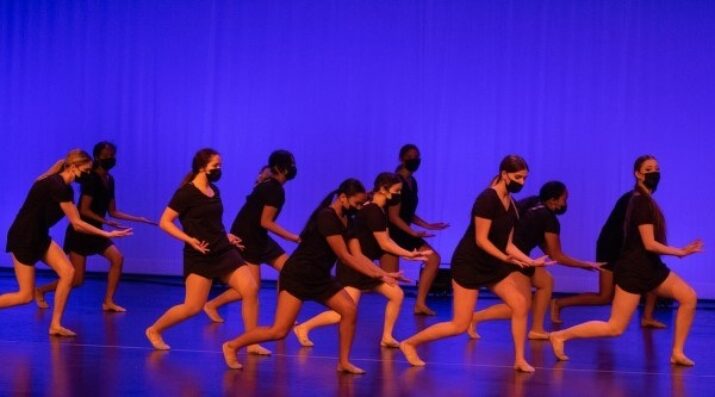
Educators are rethinking the purposes, forms, and nature of assessment. Beyond testing mastery of traditional content knowledge—an essential task, but not nearly sufficient—educators are designing assessment for learning as an integral part of the learning process.
My Vision Personalized is a senior capstone project that exemplifies authentic, performance-based assessment aligned to students’ unique strengths, interests, and values.
“I feel like we shouldn’t let grades define us, and we should have the process of learning be more important than getting the grade… When I was younger, like freshman year, I just didn’t understand. I was like, “Oh, why can’t I get this grade?” And now I understand that it’s not about getting the grade. It’s about what is leading up to getting to what you’re satisfied about and what’s improving your learning.”
–Megan Luck, Grade 12 Student, MVHS
As I’ve written in a previous article, we need to pave the way for learners to demonstrate their learning in a way that makes the most sense for them so that they can truly self-direct their learning. It’s one of the core beliefs behind Mission Vista High School’s six-year journey toward personal learning.
It’s also a matter of equity. Performance data can be used in ways that create or perpetuate false assumptions or stereotypes of people, keeping opportunity and equity gaps firmly in place.
Our team set out to develop common assessments and rubrics around 2017 following recommendations from the Western Association of Schools and Colleges (WASC) accreditation process. But because we were becoming more deeply committed to personalized learning, this prescribed effort led to products that were not the typical multiple choice type of assessments.
The prevailing mindset was, “If we’re going to do this, let’s make sure that those assessments are authentic”—that is, performance-based or have some relevance. And, “If we can tie into students’ strengths, interests, and values, even better.”
Passion projects and performances are now common across grades and subject areas, including core courses. The senior capstone course, My Vision Personalized (MVP), pulls together all that our school means by authentic, performance-based assessment. And it is aligned to students’ unique strengths, interests, and values.
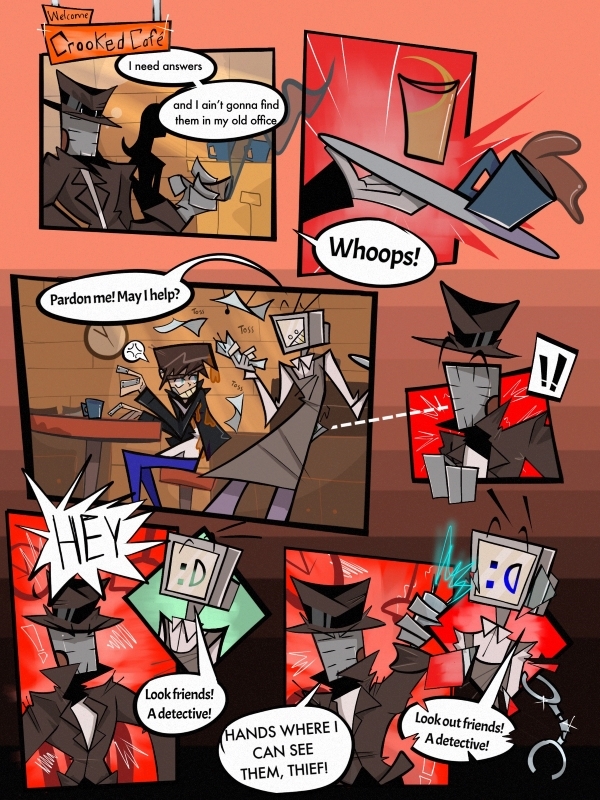
Student work by Jacob Hartman, Grade 12
Senior Capstone: My Vision Personalized
MVP is currently offered as an elective, but it is open to all students in the spring term of their senior year. Its enrollment has steadily increased since it was piloted with eleven students four years ago.
Students submit a proposal for a project they design themselves. It’s intended to incorporate the skills and the mastery they’ve gained in a subject area or combination of subject areas over their four years at Mission Vista.
- Download the MVP Capstone Proposal document to learn more about the course and MVP project details.
MVP is “taught” by a teacher, but in a non-traditional role. The teacher acts as a facilitator of learning, checking in with the students, helping them set deadlines, and acting as a coach—or really the chief cheerleader. Because learners dive deeply into a subject of their own choosing, we don’t expect MVP teachers to serve as resident experts on every project topic. Instead, they support each learner to partner with mentors, such as a teacher in that subject or an outside expert.
The students are self-directed—they’re designing the work, accomplishing the work, adjusting the work on the fly. And at the end of it, they are showcasing the work they’ve done to the larger school community. More than anything, they are reflecting on what it is they learned.”
Our assistant principal, Josh Jones, was the first teacher of the MVP course. He echoes this emphasis on reflection, which was part of the course design from the very beginning: “The showcase at the end was meant to be a display of artifacts of the work—not just the finished product, but what they did along the way, including what they threw out. The showcase gives them the opportunity to strut their stuff, reflecting on what was good and why.”
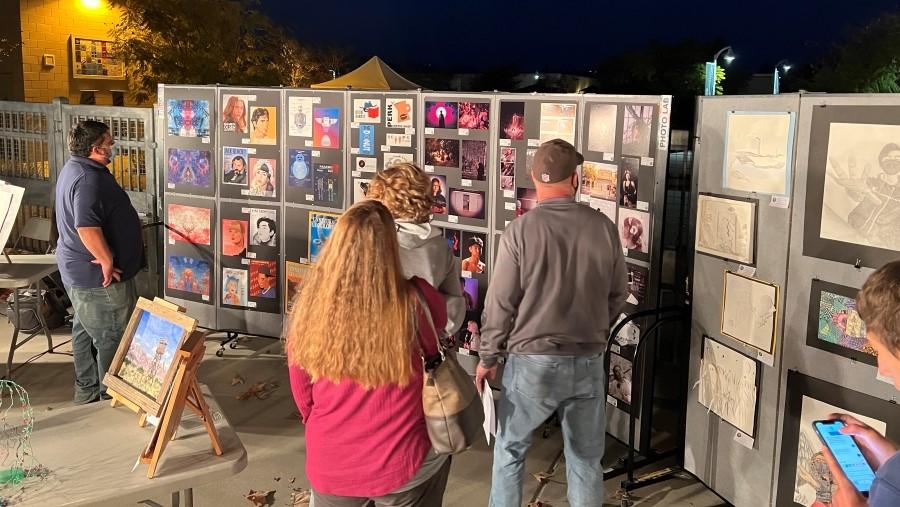
Creative Paws Art show is organized by the National Arts Society Club on campus. It featured work from Art1, Art 2, Art 3-D, Graphic Design, and Photography. Photo by teacher Will Salley.
Real-World Learning toward Career Goals
Josh explains that the capstone project is intended to serve as both a culmination of a student’s individual learning pathway and a bridge to the world outside of school. “It’s real-world because it relates to things that students want to do after high school—a researcher doing a research project, a writer writing a novel—going deep in a field of work they want to pursue.”
The degree of self-direction, he points out, also mirrors real-world conditions: “They are responsible for creating their own deadlines, communication with me and with their mentor, setting goals and following through—like an independent contractor, but applied to a self-assigned project.”
Robert Chodola, the current MVP teacher, describes one student’s idea for a music composition project aligned to his goal of becoming a music producer: “He already has plans for where he wants to go to school. He has a program he uses to compose music. He is already composing and transcribing music because it’s his passion. So that’s what his project is about. And obviously the capstone can act as a very early portfolio of work he can carry with him into his college education and beyond.”
Given Mission Vista’s dual focus on Arts & Communication and Science & Technology, many students choose to leverage their strengths and interests in these areas when they design their capstone projects. For example, Robert and Josh can point to a wide range of science and technology projects like these:
- Researching zebrafish as a source for medicine
- Designing a Disney ride based on Marvel heroes
- Writing about therapeutic horsemanship as a support for people with disabilities
- Analyzing opioid addiction trends during the pandemic
Josh says capstone projects can also motivate students—even in the spring of their senior year—to stretch themselves to develop new skills and branch out into new areas of study in order to accomplish something that matters to them. For example, he tells the story of an art student who wanted to pursue video game design, even though her strength was in art, not coding. “She was an avid gamer and felt that Native Americans were not well represented in video games, that they did a poor job of highlighting stories of her culture. She wanted to create a video game based on the origin story of her people to fix what she saw as lacking in the gaming industry.”
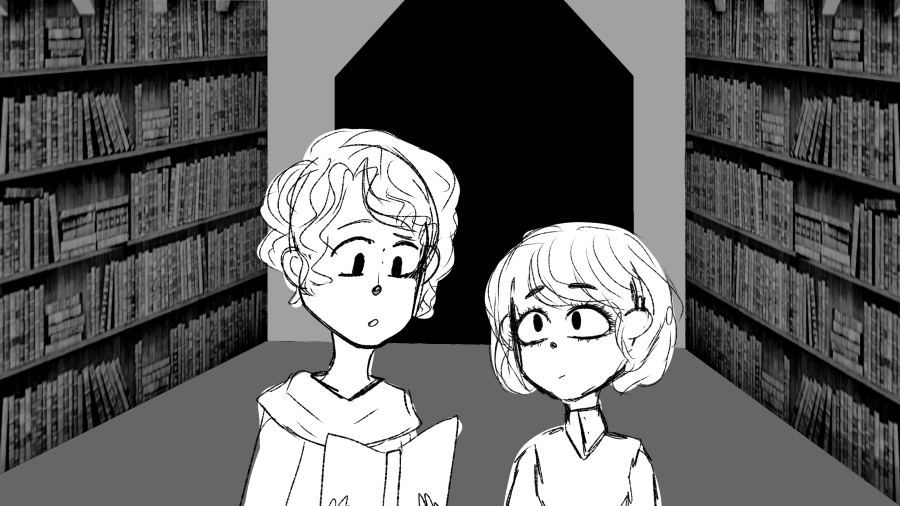
Student work by Daniella Garcia, Grade 12
Learner-Centered Grading of Process and Product
Just as the capstone course requires schools to redefine the role of the teacher, it also challenges traditional ideas about grading, especially the almost exclusive focus on final products. Some students don’t finish the project during the capstone class because it’s something they want to do and keep doing. A case in point is one of the most time-consuming projects Josh says he has encountered since we launched the MVP class: “A student rewrote a play with eight characters to be a one-woman show. She was a drama student and not a film student, so she chose a film teacher as her mentor. She filmed the play over the summer and invited teachers. It was harder than an AP course but without the credit. This is how you can get an A without finishing the project.”
In keeping with the core shifts of assessment for learning, learners’ capstone grades reflect the process of their learning as well as the product. As Josh explains, students create their own rubrics, which they and their expert mentors use to monitor progress and assess the project: “I am not an expert in everything; I can grade them on ability to set goals and reflect, but I don’t grade the product.”
Typically, the MVP teacher meets with students every two weeks to have conversations about the process and get them to be reflective about their work and really think, talk, and evaluate the project. Josh says, “I give a grade based on those conversations. [Students] also do a video log at the end of each week about the process. I might give prompts/ tasks like ‘How well are you meeting your deadlines and why?’ The point is that they know why they are or are not. Part of this course is about having students know themselves better.”
Example Project Rubrics
These capstone project rubrics are co-created by students and their mentors. They reflect the wide range of topics, skills, and interests students leveraged, developed, and applied to create their final products.
- Music Composition rubric
- Short Film rubric
- Imagineer (Disney Ride Design) rubric
- Opioid Addiction Research rubric
- Mini-Series Script rubric
- Digital Short/Storyboards rubric
Learn More about MVHS
Explore MVHS's approach to personalized learning in English/Language Arts, social science, photography, and math.
This article is an excerpt from the NGLC publication, Measuring What Matters: Learner-Centered Assessment.
Photo at top of Mission Vista High School dance class choreography showcase, by Rosemary Clark, student, Mission Vista High School, Vista Unified School District

